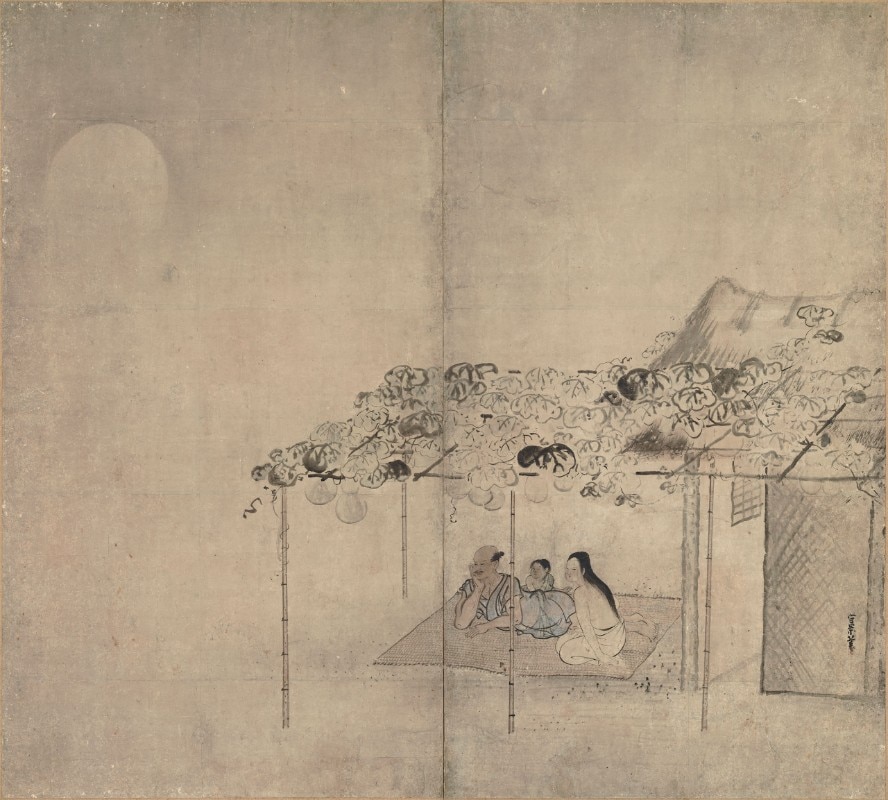I am a verb lover. Seeing as what makes us human is action – including the state of motionlessness, which is one form of action – one could say verbs represent human nature itself. It is perhaps because we are in the midst of self-quarantine under Covid-19 that a mundane thought like this has reoccurred to me.
From rising in the morning to going to bed at night, there are endless verbs. Waking up, getting out of bed, drinking some water: these are ordinary physical actions, but each verb holds a relationship to objects. Where did you wake up? A building called a house, a room? Were you sleeping on a futon or a bed? Water is sipped from a glass. One by one, these instances reveal that verbs are the mother of all objects. Design intervenes in the birth of objects and brings more pleasure to us humans.
What is design? The question appears repeatedly in media and proposals around the world, and one such case was an event I was involved in at Atelier Muji, a gallery in the Ginza Muji store. Responses to the proposition “Design is” in the words of 103 people were collected and exhibited, the audience observing the sea of words adrift in the gallery. Here are a are few examples, including some from my close friends. Design is: “As much about undesign as it is about design” (Ishan Khosla, visual artist and design- er); “To redefine a relationship between forms and significations” (Taro Igarashi, architecture critic); “Design sinks deeply into our mind” (Mika Kuraya, director, Yokohama Museum of Art); “Everything imaginable” (Konstantin Grcic, designer); “Lending users a hand” (Reiko Sudo, textile designer); “Design is like water” (Kenya Hara, designer); “Design is the integrity of things” (Naoto Fukasawa, product designer).
Design intervenes in the birth of objects and brings more pleasure to us humans
My own response was: “Design is Ame-no-Uzume, a Japanese goddess who enlightens our environment.” In Japan’s ancient mythology, there is a scene in which Shinto maidens sing and dance hoping for the emergence of the great goddess. The rock blocking the entrance to her cave opens to allow a beam of light to shine out. My answer points to the fact that design is a kind of performance that brings light into the environment.
The correlation between verbs and objects is also a central theme in an ongoing project. In the archive book commemorating Muji’s 40th anniversary, what might have been a straightforward catalogue-like accumulation of objects was instead organised into chapters using verbs. The origins of a product’s conception were excavated through verbs. Muji was not conceived as a design-based business. Rather, it is founded on the aim of fulfilling ordinary people’s daily needs. To that end, along with the premise of reducing environmental impact, there are three points related to product development: the selection of materials, streamlining production and simplifying packaging. As such, Muji became an antithesis to the market that was heading for a bubble-style economy. I will share a few examples of the verbs selected for the archive book’s chapter organisation.
“Omit”: this chapter includes a washed-out shirt. To appreciate the feel of the carefully selected cotton, actions such as starching and ironing are omitted.
“Question”: fabric trimmings and leftover threads at the textile mill are turned into socks. A variety of colours are merged into unintentional textures and patterns, and these leftover threads in the form of socks pose a question: “Is it OK to throw this away?
“Snuggle”: to lessen the burden of a backpack on the shoulders bearing its weight, the strap under- went many prototypes from an ergonomic point of view. It is about giving shape to the act of serving people, and designing a product that snuggles up to the human body. A thought occurred to me while exploring the verbs related to the making of objects. For a person to be happy they must feel fulfilled in one way or another. In terms of objects, there is a maker on one hand and a user on the other, and each position brings different senses of fulfilment. The key is to determine by what one might feel contented.
There is a drawing of civilian life in 18th-century Japan. In this image, with the parents and child enjoying the cool evening breeze, I see the ultimate display of fulfilment. There is no desire to possess, no social restrictions, conventions or preconceptions. When asked what design is, I would like to say, a protector of “the sense of fulfilment”.
Kazuko Koike (Tokyo) graduated in literature from Waseda University and founded Sagacho Exhibit Space in 1983, acting as curatorial director until 2000. Her books include Where Did Issey Come From? (HeHe, 2017). Winner of ther 2017 Avon Award of Merit and the 2019 Japan Media Arts Festival Special Achievement Award, Koike sits on the Muji Advisory Board and is professor emeritus at Musashino Art University.
Opening image: Kusumi Morikage, painting from the Edo period, 17th century, ink and light colour on paper, Tokyo National Museum. Source: ColBase (colbase.nich.go.jp)


